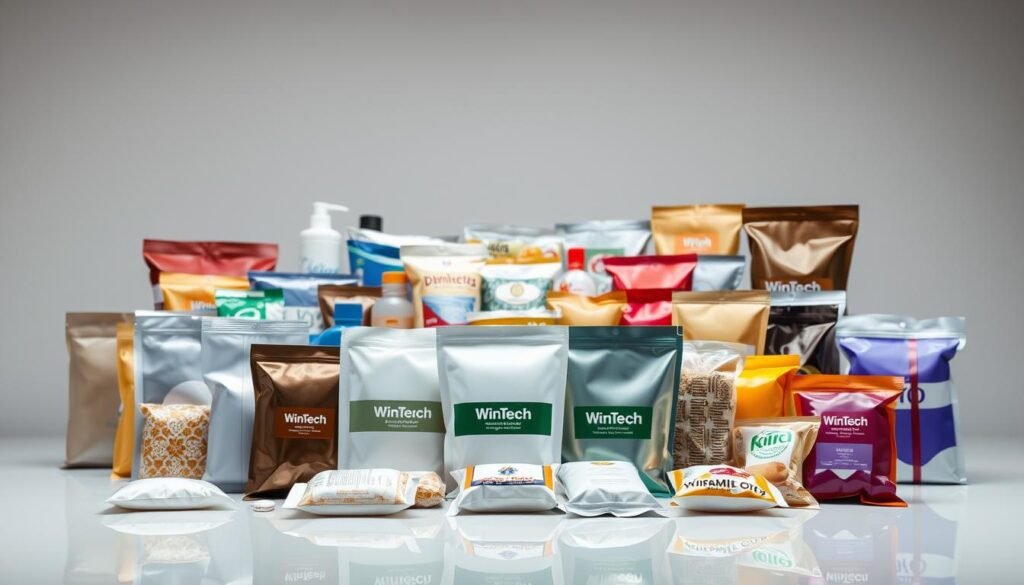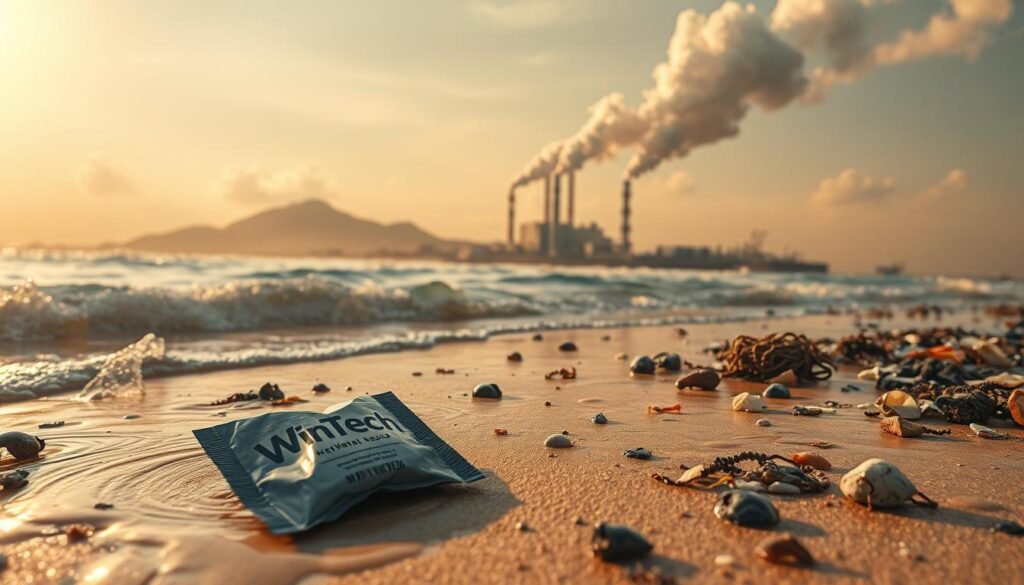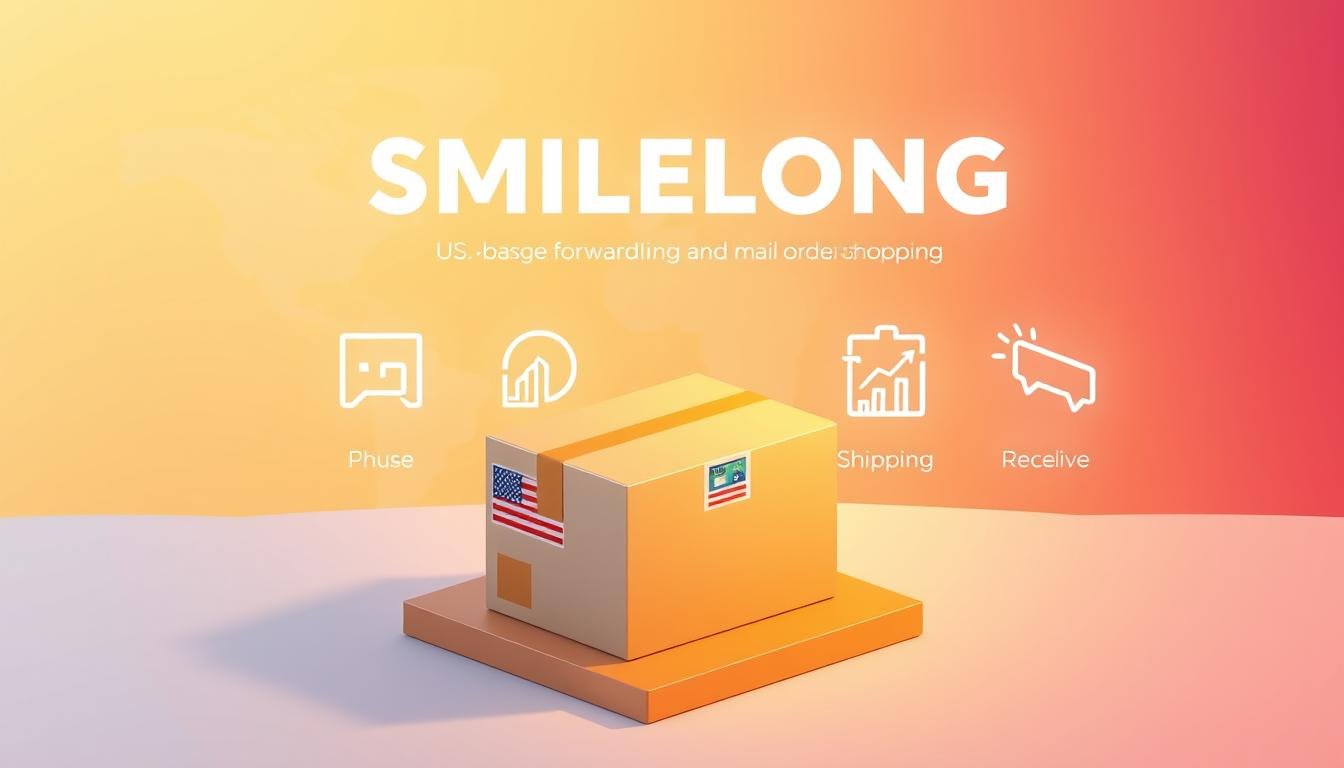Have you ever wondered how those tiny single-use packaging solutions impact our planet’s carbon footprint? What are sachets really doing beyond their convenient exterior? Understanding what are sachets goes far beyond their simple appearance.
Sachets represent a critical component of modern packaging, with manufacturers worldwide producing billions of these small, flexible containers annually. What are sachets precisely? They are lightweight, compact packaging solutions designed for single-use applications across multiple industries, from food and beverage to personal care products.
Life cycle assessment (LCA) provides a comprehensive framework for evaluating the environmental impact of sachets. By examining each stage of production, distribution, and disposal, researchers can quantify the carbon emissions associated with these single-use packaging solutions.
Your consumption patterns directly influence the global demand for sachets. Recognizing the environmental implications of these compact packaging units is crucial for making informed purchasing decisions that support sustainability.
Key Takeaways
- Sachets are compact, single-use packaging solutions used across multiple industries
- Life cycle assessment helps evaluate the environmental impact of sachets
- Carbon emissions are a significant concern in sachet production
- Consumer awareness can drive sustainable packaging innovations
- Understanding sachet lifecycle is crucial for environmental responsibility
What Are Sachets? Understanding Their Importance
Sachets represent a versatile and compact packaging solution that has revolutionized how products are stored, transported, and consumed across multiple industries. These small, flexible pouches provide convenient single-use or portion-controlled packaging for various applications.

When exploring what are sachets, you’ll discover they are lightweight packets typically made from multi-layer flexible materials. Unlike traditional packets, sachets offer enhanced protection and preservation for contents ranging from cosmetics to food products.
The Definition of Sachets
Sachets are small, sealed containers designed to hold precise quantities of products. Their primary characteristics include:
- Compact size for easy handling
- Single-use or portion-controlled packaging
- Flexible material construction
- Ability to preserve product quality
Types of Sachets Available
Different types of sachets cater to specific industry needs. Understanding sachets vs packets reveals unique design advantages:
- Cosmetic Sachets: Ideal for sample sizes and travel-friendly packaging
- Food Sachets: Perfect for condiments, seasonings, and instant beverages
- Medicine Sachets: Ensuring precise dosage and maintaining pharmaceutical integrity
Applications of Sachets in Various Industries
Sachets for cosmetics, food, and medicine demonstrate remarkable versatility. Refill pouches represent an innovative approach, supporting larger volumes like salon-sized quantities while reducing overall packaging waste.
What Are Sachets Doing to Our Planet? The Environmental Impact
Sachets have become a ubiquitous packaging solution across various industries, but their environmental footprint raises significant concerns. These small, flexible packets are more than just convenient containers – they represent a complex challenge for global sustainability efforts.

Understanding what are sachets from an environmental perspective requires a deep dive into their lifecycle and carbon emissions. Sachets materials typically include multiple layers of plastic and aluminum, which create substantial challenges for recycling and waste management.
Carbon Emissions in Sachet Production
The environmental impact of sachets is particularly stark when examining their carbon footprint. Life cycle assessments reveal critical insights into their ecological consequences:
- Greenhouse Gas (GHG) Emissions: Significant carbon output during manufacturing
- Fossil Fuel Consumption: High energy requirements for sachet production
- Water Resource Depletion: Intensive water usage in manufacturing processes
Sustainable Alternatives to Traditional Sachets
Innovative solutions are emerging to address sachets environmental impact. Manufacturers are exploring eco-friendly alternatives that minimize carbon emissions:
- Biodegradable packaging materials
- Compostable sachet designs
- Recyclable multi-layer packaging
Industry Response to Environmental Challenges
Wintech Package is at the forefront of developing sustainable sachet solutions. Their commitment to reducing environmental impact demonstrates a proactive approach to packaging innovation.
“We’re reimagining what sachets can be – not just a packaging solution, but a sustainable approach to product delivery.” – Wintech Package Sustainability Team
| Environmental Category | Traditional Sachets | Sustainable Alternatives |
|---|---|---|
| Carbon Emissions | High | Reduced |
| Recyclability | Limited | Enhanced |
| Material Complexity | Multi-layer | Simplified |
What Are Sachets Evolving Into? Future Trends
As the packaging industry continues to transform, sachets are experiencing a remarkable evolution. What are sachets becoming in this new era? Innovative designs are emerging that address environmental concerns while maintaining product functionality. Manufacturers are now focusing on developing sachets with advanced materials that reduce carbon footprint and improve recyclability.
Innovations in Sachet Design and Functionality
Modern sachets are no longer just simple packaging solutions. Technological advancements are revolutionizing what are sachets’ core capabilities. Researchers are developing multi-layer sachets materials that can be easily recycled or composted. These new designs incorporate smart technologies that minimize waste and enhance product preservation, making sachets more sustainable and efficient.
The Role of Technology in Reducing Sachet Waste
Digital technologies are playing a crucial role in transforming sachets’ environmental impact. Advanced tracking systems help manufacturers optimize production processes, reducing material waste. Nanotechnology is enabling the creation of thinner, stronger sachets materials that require less raw material while maintaining structural integrity.
Benefits of Choosing Eco-Friendly Sachets
By selecting innovative sachet solutions, businesses can significantly reduce their environmental footprint. Eco-friendly sachets offer lower production costs, reduced transportation weight, and improved recyclability. You’ll find these next-generation packaging options not only support sustainability goals but also provide enhanced product protection and consumer convenience.


